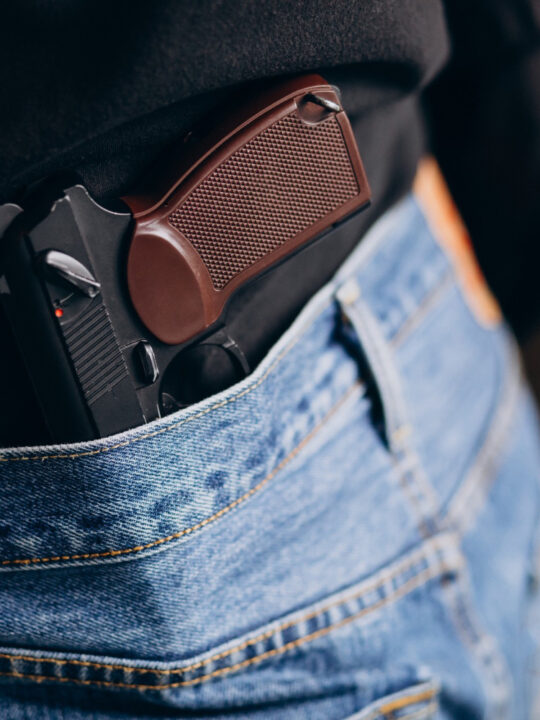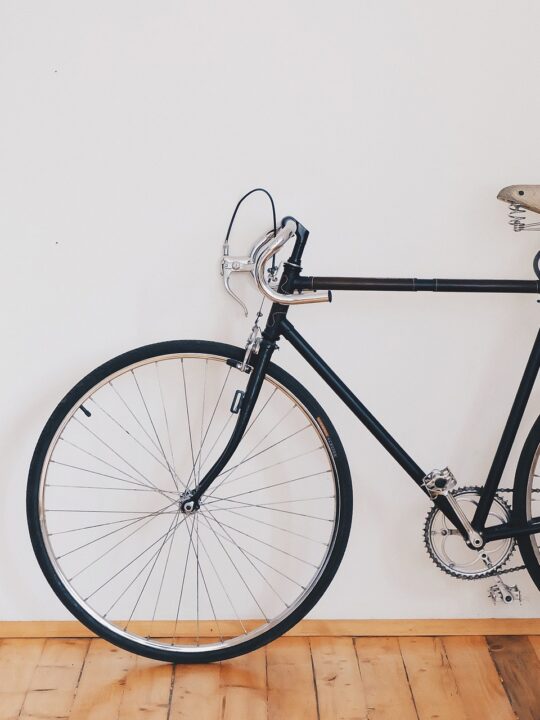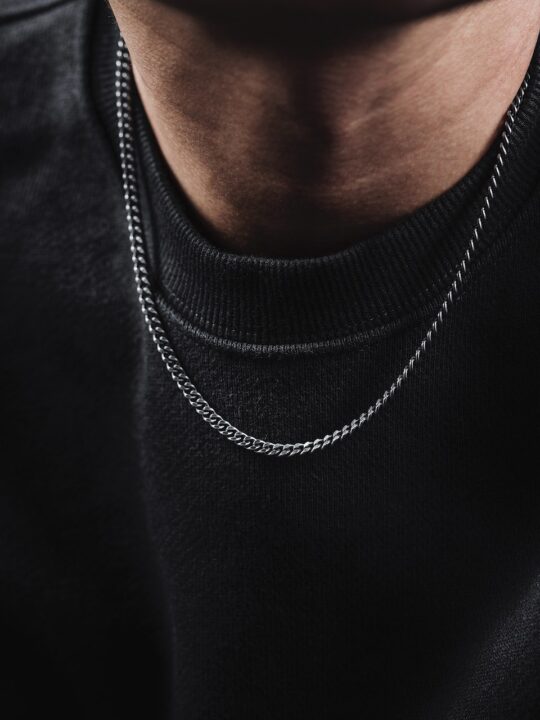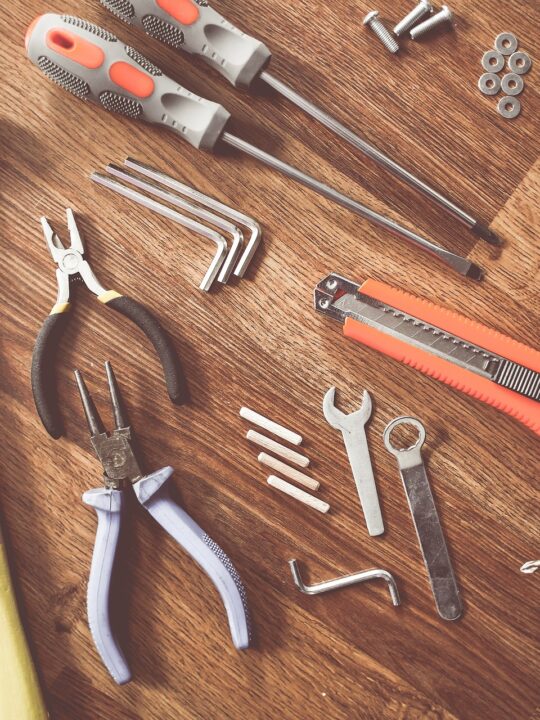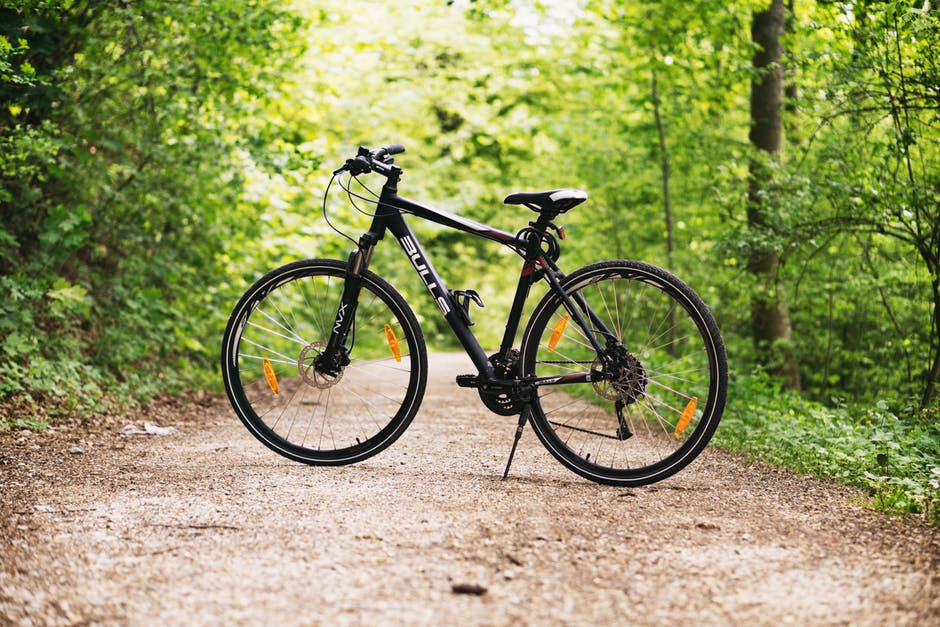
Each year, about 40 million people in the United States go biking.
If you want to join these millions of people and enjoy the great outdoors, you’ll need a mountain bike first and not a budget fat bike. However, there are some things you should know.
Are you searching for the best tips for buying a mountain bike? Read this article for an easy mountain bike buying guide.
Table of Contents
- 1 1. Make Sure You Get the Right Size
- 2 2. Decide What Type of Riding You’ll Do
- 3 3. Don’t Worry About the Weight of the Bike
- 4 4. Choose Quality over Quantity
- 5 5. Consider a Budget
- 6 6. Decide Between a New and Used Mountain Bike
- 7 7. Order In-Person, Not Online
- 8 Use This Mountain Bike Buying Guide to Find the Perfect Bike for You!
1. Make Sure You Get the Right Size
When buying a mountain bike, you want to make sure you get the right bike size. Getting the right frame size is probably the most important aspect of buying a mountain bike.
There are no standards for what makes up a small, medium, or large bike.
You should make sure that the bike is the right fit for you, because all the sizes may differ. You may fit perfectly on a small bike with one company but need a large one with another.
Instead, you should get on the bike and test out how it feels for you. For example, see how far the distance is from the seat to the bars. Is it comfortable enough of a reach?
You should also figure out the good distance from the center of the crank to the mid-head tube. If you are choosing a road bike, get one that is a bit longer.
If you get a bike that has a long front triangle, the axle for your wheel will be far ahead, which lets you put more of your weight on it without toppling over.
If you will be doing a lot of mountain biking, this can help you go up hills by making sure that your wheel is firmly planted on the ground.
For the standover clearance, you probably only need a few centimeters. If the seat tube is short, you will probably have some good standover. However, make sure you still can get some good pedaling height without extending the seat post.
2. Decide What Type of Riding You’ll Do
Before you buy a bike, it’s important you decide what type of riding you’ll mainly be doing.
There are normally three different mountain bikes:
- All Mountain/Trail
- Downhill
- Cross country
If you spend a lot of your time riding on the best bike trails, you may not want to buy a downhill bike. Instead, you would be better off buying a trail bike and renting a downhill bike when you need it.
If you are riding on a marked trail, you should get a good hardtail bike that will get you there and back safely.
3. Don’t Worry About the Weight of the Bike
One thing you shouldn’t worry about is how much your bike weighs. Weight is important, but once it’s off-road, you should focus more on the strength of the bike.
If it’s flimsy, any random roots, ruts, or rocks could hit your bike at the wrong angle and cause you to go flying. The strength of the bike will also affect steering accuracy.
4. Choose Quality over Quantity
When buying a bike, make sure you choose quality over quantity.
You should make sure you review the forks and shocks of the bike that you’re thinking about. You should also check the manufacturer’s site to get exact models.
You want to make sure that it comes with the original equipment because other equipment could have lower specs than ones that look similar on the market.
You may save money by buying a bike without the original equipment, but it may end up costing you later.
5. Consider a Budget
You should also consider your budget when you are trying to buy a bike. You should decide how much you want to spend before you find a bike.
You should also leave room in your budget for things outside of your bike. You will need things like a helmet, backpack, glasses, sticky shoes, and clipless pedals.
You will also have to consider the cost of routine maintenance for your bike. Eventually, you will have to buy new tires and tune your gearing.
6. Decide Between a New and Used Mountain Bike
When considering your budget, you’ll also have to consider whether you want to buy a new or a used bike. Both have their pros and cons, but it will come down to what you are willing to sacrifice.
New Bikes
If you do decide on a new bike, make sure that it comes with a warrant.y If it is a model year old over, make sure that the warranty begins once you buy it. Some stores will start the warranty from when they got the bike in their inventory.
You should also ask about if tune-ups are included or not. Most shops will offer free tune-ups up to 90 days after the bike is purchased.
Used Bikes
When you are buying a used bike, make sure that you look over it carefully. Even if you are buying from a trusted family or friend, you may notice problems that they didn’t notice.
When checking the bike, look for cracks on the frame. You should also check the tires to make sure there are no weather cracks on them.
Make sure that the suspension is smooth and doesn’t leak, squeak, or creak. Make sure you check all the fittings and bearings. You can always bring the bike into a local shop and ask them to check over everything for you.
7. Order In-Person, Not Online
One last piece of advice we can offer is to make sure you buy a bike in person rather than online.
Make sure you go to the store and get on the bike to make sure it actually is the right size for you. You also want to make sure that you can test ride it and make sure it’s a comfortable ride for you.
Use This Mountain Bike Buying Guide to Find the Perfect Bike for You!
This mountain bike buying guide will help you get started when looking for your dream bike.
Once you buy one, make sure you research some good trails or mountains to start biking and enjoy your new adventures!
If you enjoyed this article, check out the rest of our website for others just like it.


